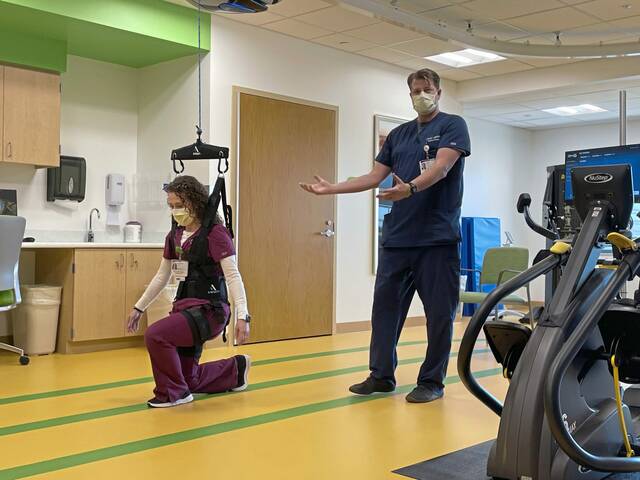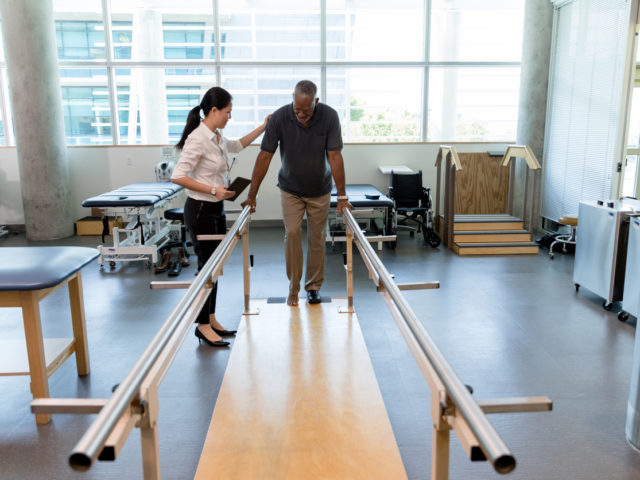
Different Phases of Rehabilitation
In the journey toward healing and reclaiming one’s life after an injury or illness, rehabilitation plays a pivotal role. Rehabilitation is not just a physical process; it encompasses mental, emotional, and social aspects as well. Navigating the different phases of rehabilitation can be both challenging and rewarding, requiring patience, determination, and a holistic approach.
Phase 1: Acute Care and Initial Assessment
The road to recovery often begins in a hospital setting, where medical professionals provide acute care and conduct initial assessments. This phase involves stabilizing the patient’s condition, managing pain, and preventing complications. It’s a critical time that sets the stage for the rest of the rehabilitation journey.
During the initial assessment, healthcare providers evaluate the extent of the injury or illness and develop an individualized rehabilitation plan. This plan takes into account the patient’s medical history, current physical and mental status, and goals for recovery. Clear communication between the patient, their family, and the healthcare team is essential at this stage.
Phase 2: Active Rehabilitation
Once the patient’s condition stabilizes, the focus shifts to active rehabilitation. This phase aims to restore function and mobility while minimizing the risk of further injury. Physical therapists, occupational therapists, and other specialists collaborate to design exercises and activities tailored to the patient’s needs and goals.
In this phase, patience is key. Progress may be slow, but every small improvement is a step in the right direction. Regular sessions with therapists, coupled with home exercises, facilitate the recovery process. Additionally, maintaining a positive mindset and engaging in activities that bring joy can contribute significantly to a smoother rehabilitation journey.
Phase 3: Adapting and Overcoming Challenges
As the patient gains strength and mobility, they often encounter new challenges. Adapting to limitations and overcoming setbacks are essential parts of the recovery process. It’s normal to experience moments of frustration, but a strong support system can provide encouragement and motivation.
During this phase, individuals may need to relearn certain skills or find new ways to perform everyday tasks. Occupational therapists play a crucial role in helping patients adapt to their environment and regain independence. This might involve learning to use assistive devices or making modifications to living spaces.
Phase 4: Functional Recovery
Functional recovery marks a significant milestone on the road to rehabilitation. This phase focuses on enhancing the patient’s ability to perform complex tasks that are necessary for daily life and work. The rehabilitation plan evolves to include activities that closely mimic real-world situations.
For someone recovering from a leg injury, functional recovery could involve activities like walking on uneven terrain or climbing stairs. For those rehabilitating from a stroke, it might mean practicing communication skills and cognitive exercises to improve memory and concentration. Progress in this phase is a testament to the patient’s hard work and the expertise of their rehabilitation team.
Phase 5: Reintegration and Beyond
The final phase of rehabilitation involves reintegration into society and a return to normal life. This phase is about more than just physical recovery; it’s about rebuilding confidence, social connections, and a sense of purpose. Patients may need to navigate the emotional aspects of their journey, including addressing any fears or anxieties that arise as they step back into the world.
Support groups, counseling, and continued therapy sessions can be invaluable during this phase. The goal is not only to recover but to thrive—to find meaning in the experience and use it as a stepping stone toward personal growth.

The Holistic Approach
Throughout all the phases of rehabilitation, a holistic approach is crucial. Healing is not confined to the physical realm; it encompasses mental and emotional well-being too. Practices such as mindfulness, meditation, and relaxation techniques can aid in managing stress and anxiety, which are common companions on the road to recovery.
Nutrition also plays a vital role in rehabilitation. A balanced diet provides the body with the necessary nutrients to heal and regain strength. Consulting with a registered dietitian can help create a meal plan that supports recovery.
The Power of Patience and Perseverance
The journey through rehabilitation is rarely a linear path. There will be ups and downs, moments of triumph and frustration. Patience and perseverance become guiding lights during these times. Celebrating small victories, staying committed to the rehabilitation plan, and believing in the possibility of recovery are essential components of the process. To learn more about different phases of rehabilitation, there are a ton of interesting articles at CASAC Online.
In Conclusion
The road to recovery is a multi-faceted journey that requires navigating through different phases of rehabilitation. It’s a process that demands dedication, resilience, and a holistic approach. With the support of healthcare professionals, a strong social network, and a positive mindset, individuals can not only regain their physical abilities but also emerge from the experience with newfound strength and appreciation for life. Remember, every step forward, no matter how small, brings you closer to reclaiming your life and embracing a brighter future.





